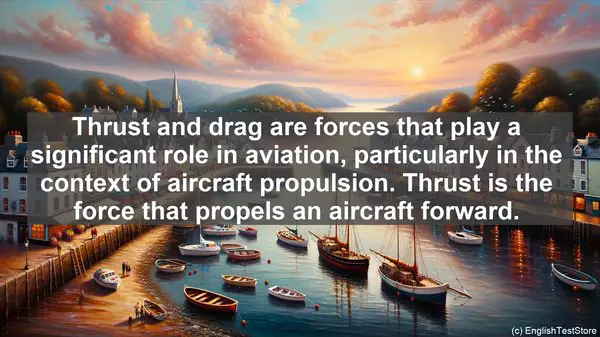Introduction
Hello everyone, and welcome to today’s lesson. As we delve into the fascinating world of avionics, it’s crucial to have a solid grasp of the terminology used. In this lesson, we’ll explore the top 10 commonly confused words in avionics. So, let’s get started!
1. Altitude vs. Elevation
Often used interchangeably, altitude and elevation have distinct meanings in avionics. Altitude refers to the vertical distance above a specific reference point, usually sea level. On the other hand, elevation is the height of an object or location above the ground. While altitude is crucial for flight planning and navigation, elevation is more relevant for ground-based operations.

2. Heading vs. Course
When it comes to navigation, understanding the difference between heading and course is vital. Heading refers to the direction in which an aircraft’s nose is pointing. It’s the compass direction the aircraft is actually facing. On the other hand, course is the intended path or route an aircraft follows. It’s the direction from one point to another, taking into account factors like wind and magnetic variation.
3. Speed vs. Velocity
While speed and velocity both refer to the rate of motion, they have a subtle distinction. Speed is a scalar quantity, representing the magnitude of motion. It’s the distance covered per unit of time. Velocity, on the other hand, is a vector quantity. It not only indicates the speed but also the direction of motion. In aviation, velocity is often more relevant as it provides a comprehensive understanding of an aircraft’s movement.
4. Accuracy vs. Precision
Accuracy and precision are terms often used in avionics, especially when it comes to measurements and instruments. Accuracy refers to how close a measurement or reading is to the true or expected value. Precision, on the other hand, relates to the consistency or reproducibility of a measurement. An instrument can be precise but not accurate if it consistently gives the same incorrect reading. Achieving both accuracy and precision is crucial for reliable avionic systems.
5. Thrust vs. Drag
Thrust and drag are forces that play a significant role in aviation, particularly in the context of aircraft propulsion. Thrust is the force that propels an aircraft forward. It’s generated by engines or propulsion systems. On the other hand, drag is the resistance encountered by an aircraft as it moves through the air. Reducing drag and maximizing thrust are essential for efficient and economical flight.
6. Pitch vs. Roll
Pitch and roll are terms associated with an aircraft’s movements along different axes. Pitch refers to the up and down motion of an aircraft, similar to the movement of a seesaw. It’s controlled by the elevators. Roll, on the other hand, is the side-to-side motion, like the tilting of a vehicle during a turn. It’s controlled by the ailerons. Understanding and managing these movements are crucial for maintaining stability and control during flight.
7. Autopilot vs. Automatic Flight Control System (AFCS)
While often used interchangeably, autopilot and automatic flight control system (AFCS) have distinct meanings. Autopilot is a subset of AFCS. It refers to the system that can automatically control an aircraft’s flight, including maintaining altitude, heading, and speed. AFCS, on the other hand, encompasses a broader range of functions, including autothrottle, flight envelope protection, and more. It’s a comprehensive system that enhances flight safety and efficiency.
8. Transponder vs. Transceiver
In the realm of avionics, transponder and transceiver are commonly encountered terms. A transponder is a device that receives a signal and automatically transmits a specific response. It’s often used for air traffic control purposes, such as radar identification. On the other hand, a transceiver combines the functions of both a transmitter and a receiver. It’s a more versatile device that can both send and receive signals, making it suitable for various communication needs.
9. ILS vs. VOR
ILS (Instrument Landing System) and VOR (VHF Omnidirectional Range) are both navigation aids used in aviation. ILS is primarily used for precision approaches and landings, providing guidance to the runway. VOR, on the other hand, is a more versatile navigation aid that provides both direction and distance information. It’s often used for en-route navigation. While ILS is critical for safe landings, VOR aids in overall navigation throughout a flight.

10. ATC vs. ATCSCC
ATC (Air Traffic Control) and ATCSCC (Air Traffic Control System Command Center) are both integral to the smooth functioning of air traffic management. ATC refers to the personnel and facilities responsible for guiding and managing aircraft movements. ATCSCC, on the other hand, is the central command center that oversees and coordinates air traffic control activities on a broader scale, including managing flow control and handling disruptions.
